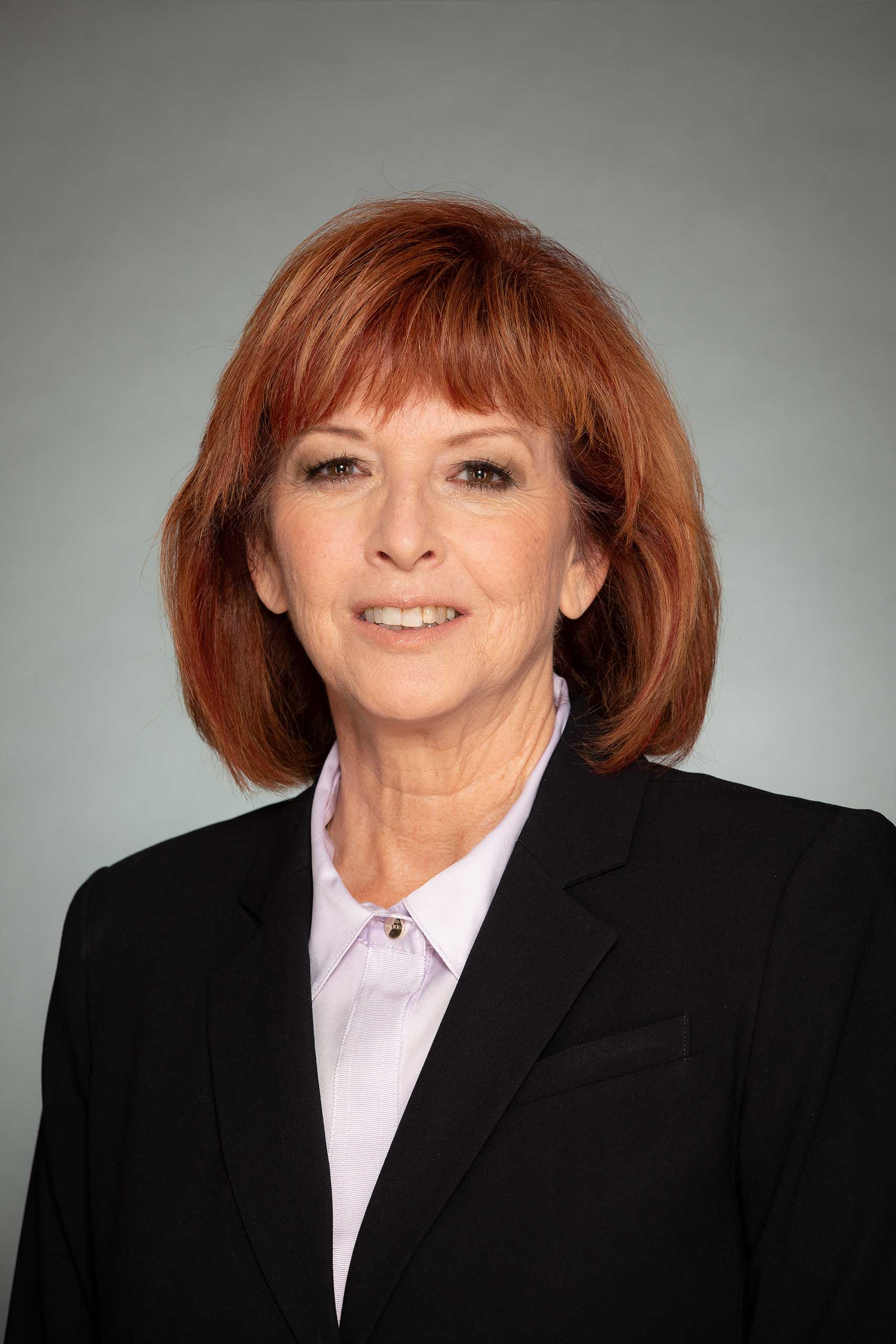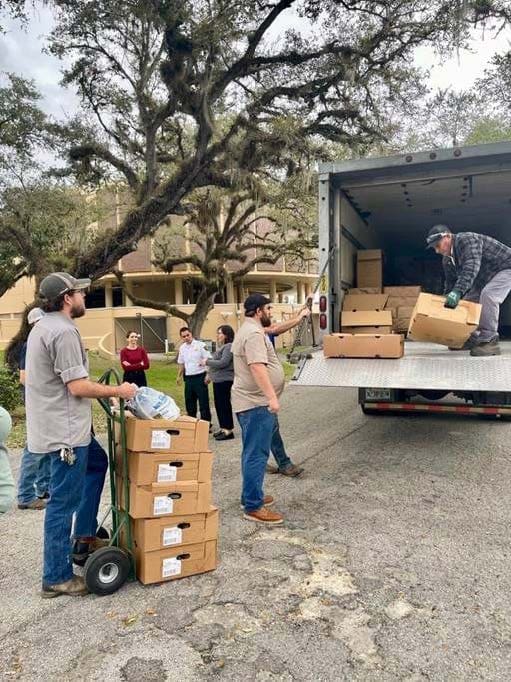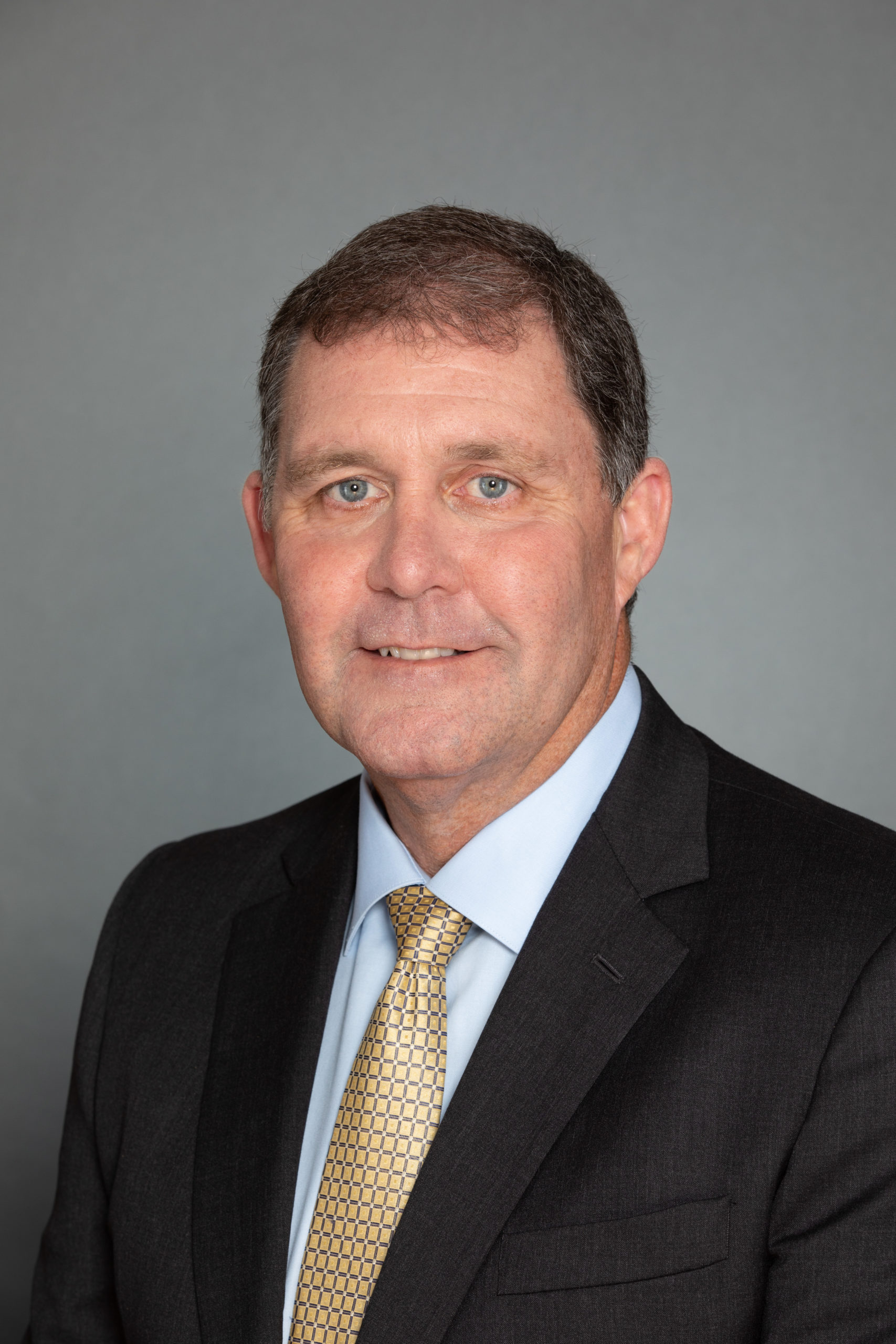Glades-area agriculture a pillar of Florida’s economy
By Janet Taylor
Palm Beach Post
February 25, 2016
The swank Biltmore in Coral Gables in January. The luxurious Breakers in Palm Beach in February. These resorts are where the wealthy upper crust of the Everglades Coalition and Everglades Foundation have gathered so far this year — while trying to make their case that the working-class Glades-area residents should give up their homes and livelihoods to make way for Lake Okeechobee’s excess water.
Some activists’ desires apparently go far further than wanting to end Florida agriculture. A Feb. 11 post of a Sierra Club email exchange suggested that “a dike failure would fix everything. The human toll would be inconceivable. The benefits to our environment would be immeasurable.”
“Inconceivable” is right! More than 39,000 people live in Hendry County. About 13,000 people live in Glades County and 18,000 in Belle Glade. Over 7,000 people make Clewiston their home, and about 6,000 live in Pahokee. Tens of thousands more live in the surrounding unincorporated areas. Glades lives matter.
Meanwhile, at the ritzy resorts, Nathaniel Reed is again advocating for the destruction of Florida’s sugar industry — if not all of Florida agriculture.
Reed’s parents made a fortune developing Jupiter Island and neighboring Hobe Sound. While he’s certainly never worked at planting, caring for or harvesting crops, Reed and his friends and followers think they are experts about how, where and if agriculture should be allowed.
The Sierra Club and many Everglades Foundation supporters claim that agriculture in general, and sugar cane growers in particular, are destroying the state’s waters. Never mind that the water that flows off sugar cane land is cleaner than when it flowed onto the land, far exceeding any state requirement.
Never mind that sugar cane farmers actually have made the largest private investment, $400 million, for the restoration of the Everglades.
And especially never mind that it isn’t water from the Everglades Agricultural Area (EAA) that is ending up in the St. Lucie and Caloosahatchee rivers in the first place. Lake Okeechobee’s water comes from the north, east and west. Only 5 percent of the water entering Lake Okeechobee comes from the south, and that water comes from our rural communities to protect homes and people from flooding, not from farms.
In addition to taking stewardship of the land very seriously, farmers generate more than $100 billion in annual economic impact and support more than 2 million jobs for Floridians. Agriculture is the strongest pillar of our state’s economy.
One-percenters living the good life in such exclusive places as Jupiter Island seem to have no problem advocating ending the growing of sugar cane in Florida, an industry that employs more than 12,000 Floridians.
I guess the problem is that most of those 12,000 workers live in the Glades/Clewiston/Hendry County area and don’t matter much to those living in Florida’s coastal communities. Devastating our area’s economy won’t mean a thing to millionaires and billionaires living hours away.
Agriculture is the backbone of Florida’s economy; it was here long before the development of our state’s coastal enclaves. Agriculture was here before the Sierra Club. Our state’s farmers are its first environmentalists, caring for the land because they know it’s the land that provides for us all. We aren’t going to be driven away by people too privileged to understand that.
Janet Taylor serves on the Hendry County Commission.





